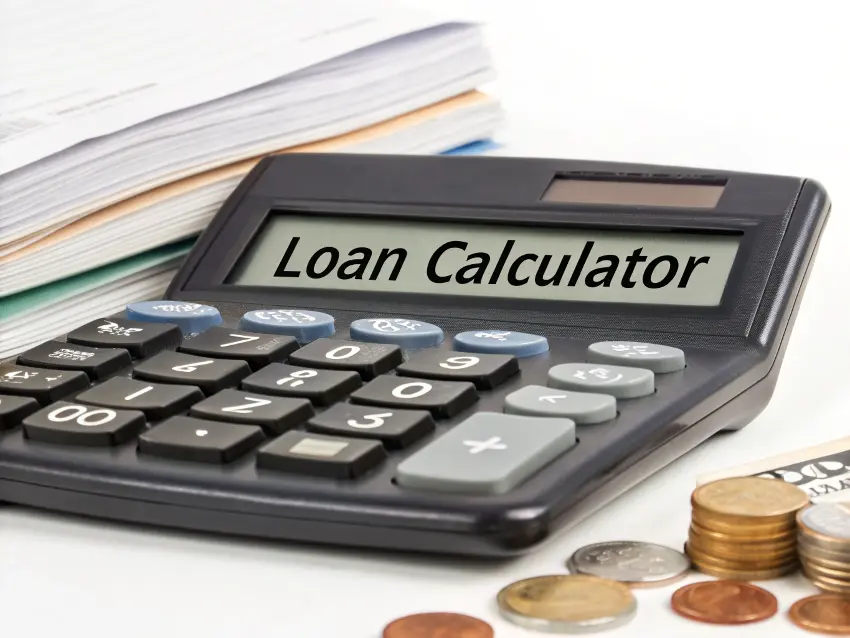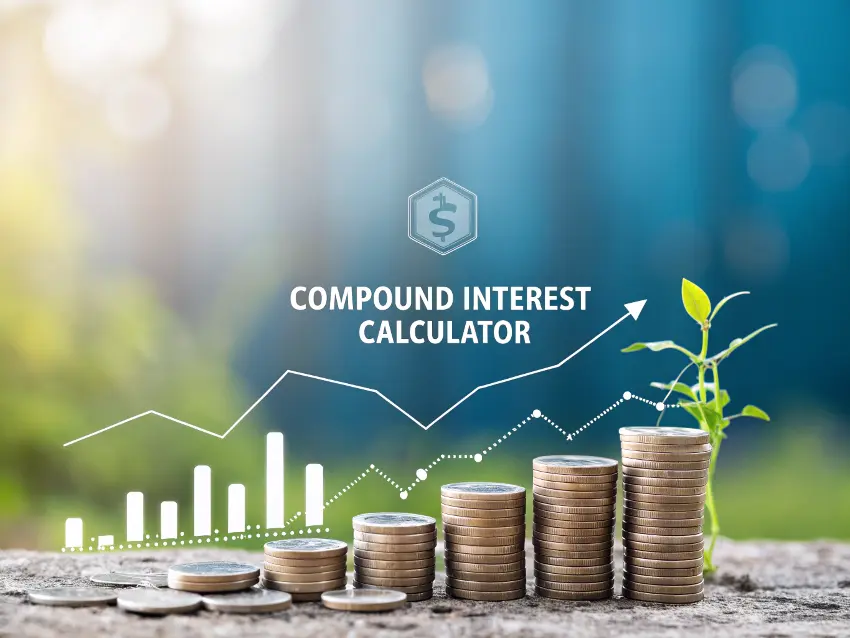Car Loan EMI Calculator
Calculate your car loan EMI (monthly payment) with detailed amortization schedule. Compare loan options and plan your auto financing.
Calculate Car Loan EMI
Typically 10-30% of vehicle price
Current rates: 7-12% for new cars, 9-15% for used cars
How Car Loan EMI is Calculated
EMI (Equated Monthly Installment) is calculated using a mathematical formula that considers the principal amount, interest rate, and loan tenure.
EMI Formula
EMI = [P × r × (1 + r)^n] / [(1 + r)^n - 1]
Where:
P = Principal loan amount
r = Monthly interest rate (annual rate / 12 / 100)
n = Loan tenure in months
Understanding Your Loan
- Down Payment: Higher down payment reduces EMI and total interest paid
- Interest Rate: Even 1% difference can significantly impact total cost
- Loan Tenure: Longer tenure means lower EMI but more total interest
- Prepayment: Making extra payments reduces principal and saves interest
Pro Tips for Car Loans
20/4/10 Rule
Put 20% down, finance for no more than 4 years, and keep total car expenses under 10% of your gross income.
Check Your Credit Score
A higher credit score (750+) gets you better interest rates, potentially saving thousands over the loan term.
Compare Lenders
Banks, credit unions, and manufacturer financing offer different rates. Compare at least 3-4 options before deciding.
Consider Total Cost
Don't focus only on monthly EMI. Calculate total interest paid to understand the true cost of the loan.
Avoid Add-ons
Extended warranties and insurance sold through dealerships are often overpriced. Research independent options.
Prepayment Strategy
Even small extra payments toward principal can significantly reduce your total interest and loan duration.
Frequently Asked Questions
What is a good interest rate for a car loan?
For new cars, rates typically range from 7-10% for good credit. Used cars have rates 1-2% higher. Excellent credit (750+) can get rates as low as 6-7%. Always shop around and negotiate for better rates.
How much should I put down on a car?
Aim for at least 20% down payment. This reduces your loan amount, lowers EMI, and helps avoid being "upside down" (owing more than the car's value). For a ₹25 lakh car, that's ₹5 lakh down.
Is a 7-year car loan a bad idea?
Generally yes. Longer loans mean paying significantly more interest and risking owing more than the car's worth. Stick to 3-5 years maximum. If you need 7 years to afford the EMI, consider a less expensive vehicle.
Can I pay off my car loan early?
Yes, most lenders allow prepayment, though some charge a prepayment penalty (typically 2-5% of outstanding principal). Check your loan agreement. Even with penalties, early payoff often saves money on interest.
What's better: Low EMI or shorter tenure?
Shorter tenure is financially better as you pay less total interest, but requires higher EMI. Choose based on your budget. If you can afford it, opt for shortest tenure possible to minimize interest costs.
Should I buy from dealership financing?
Not necessarily. While dealerships offer convenience and sometimes promotional rates (0% APR), banks and credit unions often have competitive rates. Always compare offers and negotiate based on the best rate you find.
How does trade-in affect my loan?
Trade-in value reduces the amount you need to finance, similar to a larger down payment. However, negotiate the trade-in value separately from the new car price to ensure you get fair value for both.
Related Calculators
Explore more calculators to solve your calculation needs



